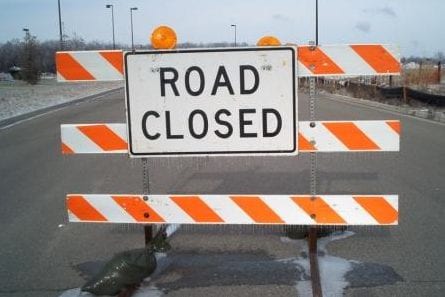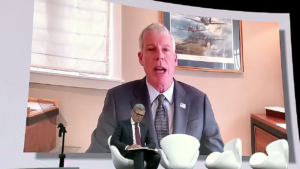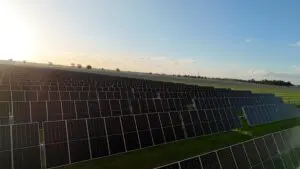The underpinning economics of solar PV continues to attract solar suppliers to Australia, but concerns over regulatory burdens are casting a dark shadow over the solar market.
With solar installations now more than competitive with grid electricity rates for most residential electricity customers and many commercial building owners, Australia’s solar market has all the makings of being a sustainable one, based around grid parity. However, suppliers looking to grow their business in Australia are becoming increasingly worried that regulatory and technical barriers are becoming roadblocks to the industry.
“Opportunity is here in Australia and the conditions are in place for a sustained growth of the PV industry,” said Derek Durham, who has recently assumed responsibilities for the Australian operations of Swiss inverter manufacturer SolarMax.
But he said that a lack of standardisation in terms of requirements placed on solar developers is adding significant cost and complexity to doing business here. “The risk is there that there is too much freedom given to grid operators, to the utilities and to some of the regulating authorities, to allow them to impose blocks on the PV industry which, depending on their vested interests, they may wish to impose.”
Durham has been in PV sales and engineering for 15 years and said that the commercial rooftop market in Australia that has the potential to take off, but it is also where regulatory burdens are causing the most problems.
“It is of concern that there are differences in regulations between the different states and there seems to be a lack of goodwill on behalf of many of those who take the final decisions as to whether this [solar PV development] is to be done, or can it be done,” said Durham. “There are complications which arise from a lack of standardisation of criteria to apply, so it does become very complex to work around these issues.”
For Nigel Morris, the Director of Solar Business Services, this comes as no surprise.
“I conducted a survey of installers only a few weeks ago, asking a few questions about what barriers installers were being faced with and the data showed that it is clearly getting tougher to connect to the networks,” said Morris. “In some cases that is justifiable for technical reasons, but in other cases that’s clearly because they want to protect their revenue streams.”
Morris said that one of the major problems is that grid connection regulations often appear arbitrary and there is a lack of information about where certain electricity grids can handle more PV and where others can’t.
“There is a lack of intelligence and data acquisition within the DSPNs and certainly even if the data exists, there’s a lack of transparency for the industry to see that data.” The industry analyst concurred with SolarMax’s Durham that vested interests are playing a role in requirements being placed on solar developers.
“On the back end of all of that is that there are vested interests that have a disincentive for [the status quo in electricity markets] to change. They have infinitely more market power, infinitely more access to information and infinitely more money to be able to slow the whole process down.”
Solar Business Service’s Morris says that solar associations have been doing “a fantastic job” in tracking the “miniature and myriad” of grid connection rules that exist.
“I’m not he first person to say that solar is a disruptive technology and we are seeing that very clearly in the way that network operators and the retailers are reacting to it and they are not necessarily reacting in a way that makes it easy for that end customer to put solar on their roof,” said Kirsten Rose, the CEO of the Sustainable Energy Association. “So what we advocate around is removing those barriers, getting the network to the point where connecting a solar installation is a much simpler process much more economic proposition.”
SolarMax’s Derek Durham said that the Swiss company has considerable experience in operating in countries such as Germany and Italy, where there are higher levels of PV penetration. Durham is drawn to the conclusion that grid integration processes in those countries are geared towards facilitating as much PV penetration as possible, “not to impose a block on PV.”
“In Australia I’m getting concerned that there may be a tendency towards imposing restrictions precisely for that purpose,” said Durham. “I have been hearing cases recently where I am beginning to mistrust certain authorities and their intentions and that’s obviously of great concern to us.”










